After the divisive nature of the prequels, there are clearly some things that Lucasfilm has pretty much banned from coming back in the Disney era of Star Wars. To date, for instance, the word midi-chlorian has yet to be uttered on screen in any recent movie or TV show. However, while this rule is still just about true, that controversial concept introduced by George Lucas in The Phantom Menace does make a shocking return in the latest episode of The Mandalorian.
In “Chapter 12: The Siege,” Din Djarin reunites with allies Cara Dune and Greef Karga to take out an old Imperial base on Nevarro. Upon storming the place, it becomes clear to our heroes that it’s actually being used as a scientific facility. While there, Mando and the others happen upon a hologram of Dr. Pershing, who worked with The Client in season 1, which explains that he’s been making use of blood samples taken from Baby Yoda.
Spotting humanoid bodies in tubes, Djarin and the rest discover that Pershing’s undertaking some kind of cloning program, enhancing his creations with The Child’s blood, which likely supplies them with Force powers. As he was only gifted a small sample of Baby Yoda’s blood in season 1, though, Pershing explains that he needs to get more because he doesn’t think he’ll “find a donor with a higher M-count.”
It’s easy to miss due to this new term for it, but “M-count” clearly refers to the high midi-chlorian count found in The Child’s DNA. Remember, as revealed by Qui-Gon Jinn, midi-chlorians are tiny microscopic beings that live inside the cells of all lifeforms, and more midi-chlorians equal a stronger Force connection. Anakin Skywalker, for instance, had the highest count ever recorded at 20,000, but it remains to be seen whether Baby Yoda possesses something close to that.
In any case, now that The Mandalorian went and opened up this can of worms, we’ll have to see if The Child’s “M-count” comes up again as season 2 continues.






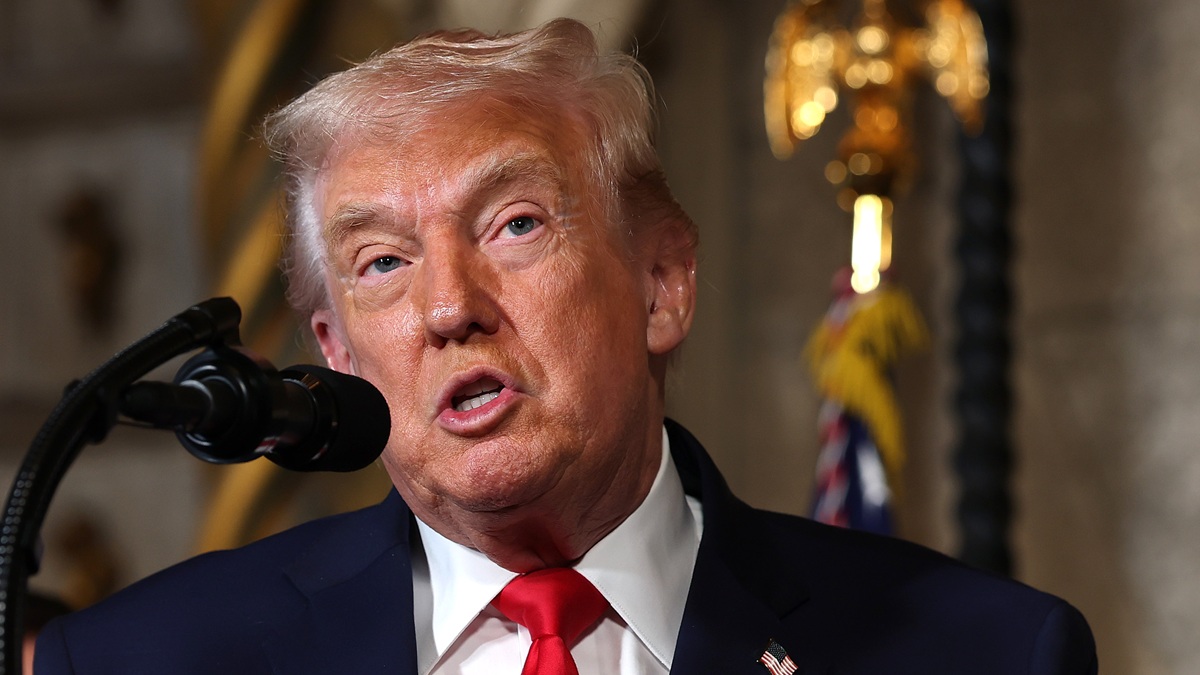
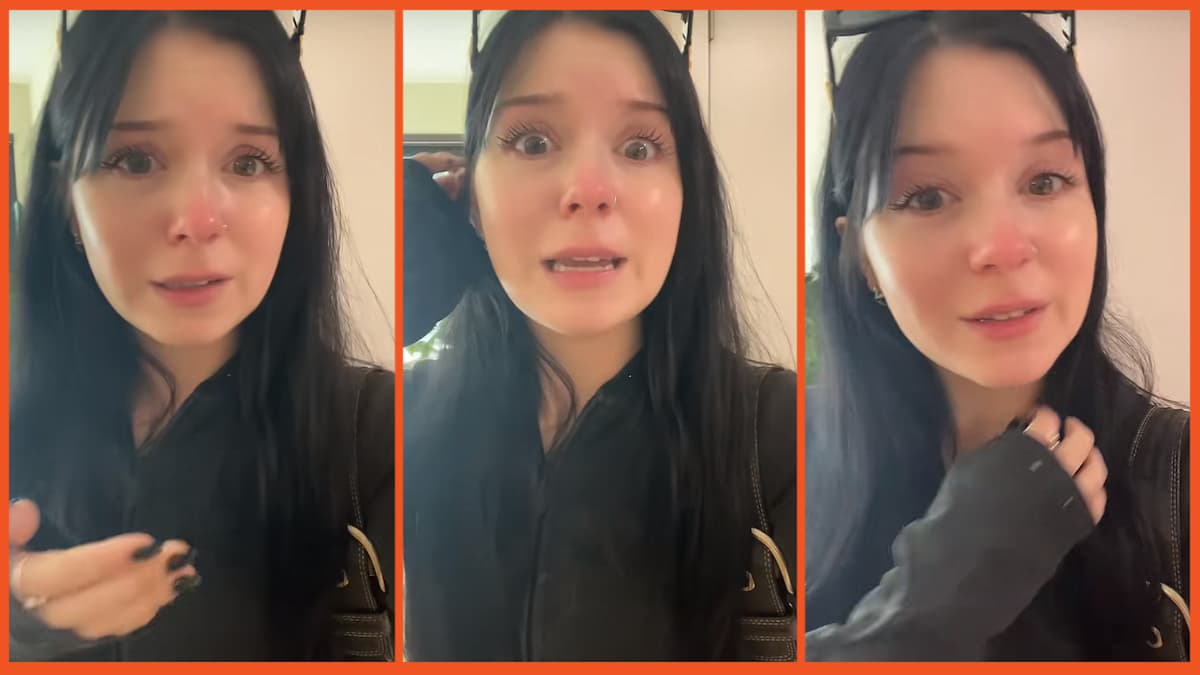
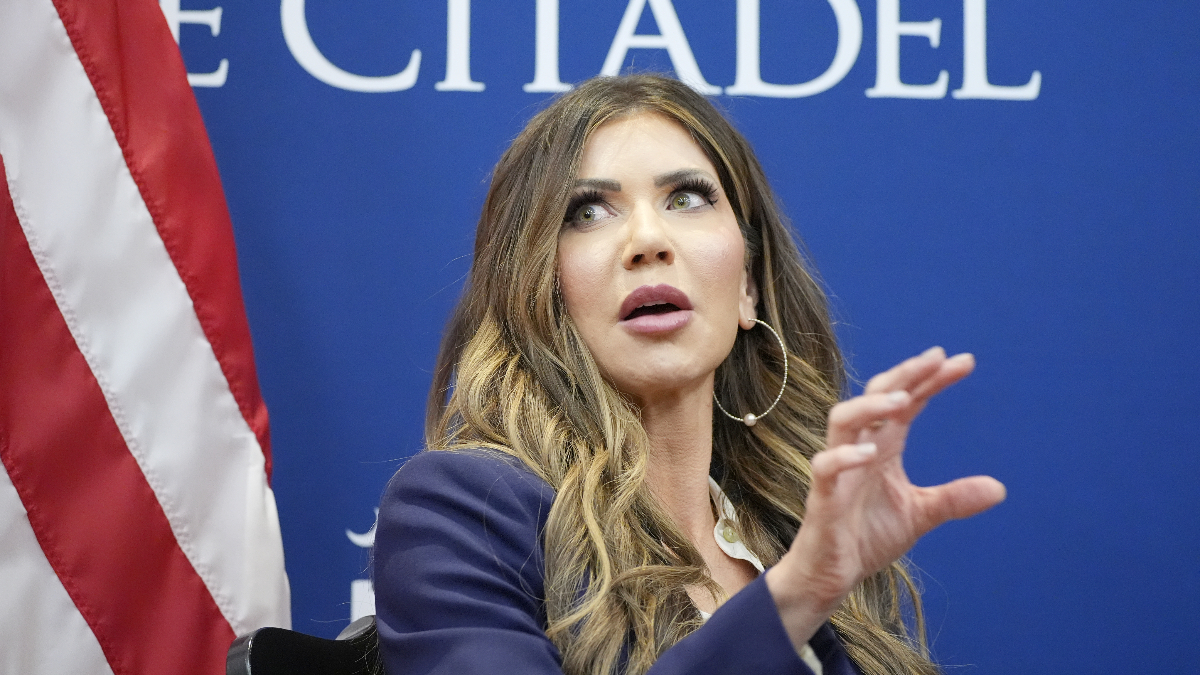
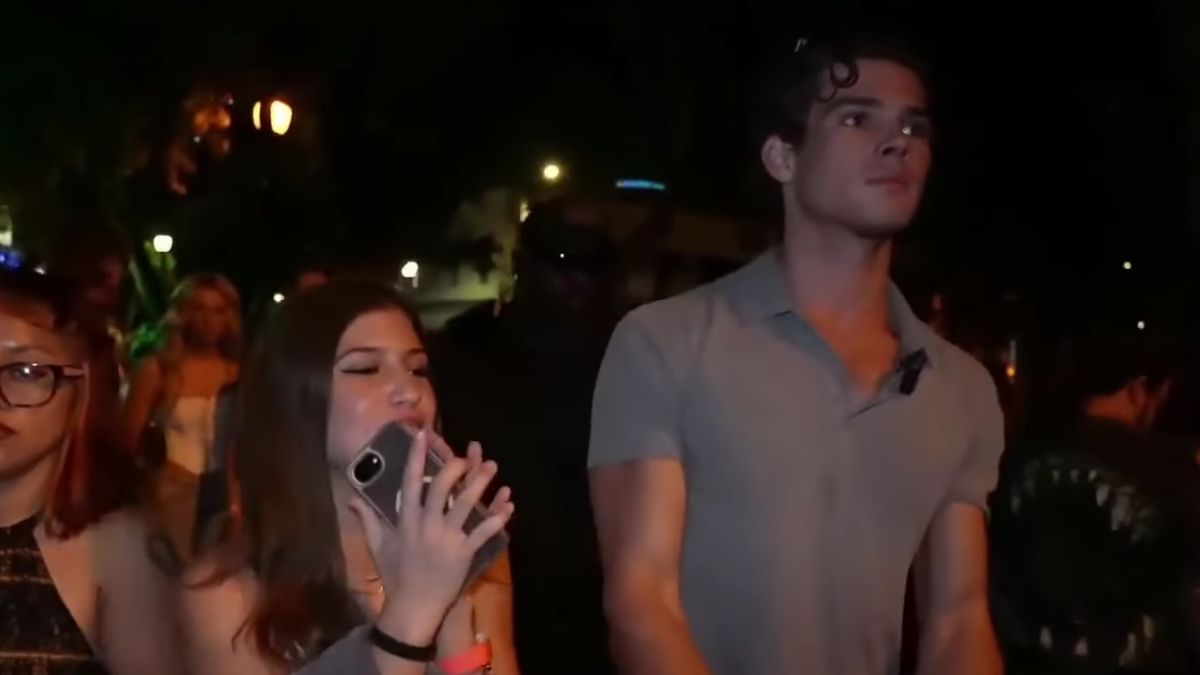
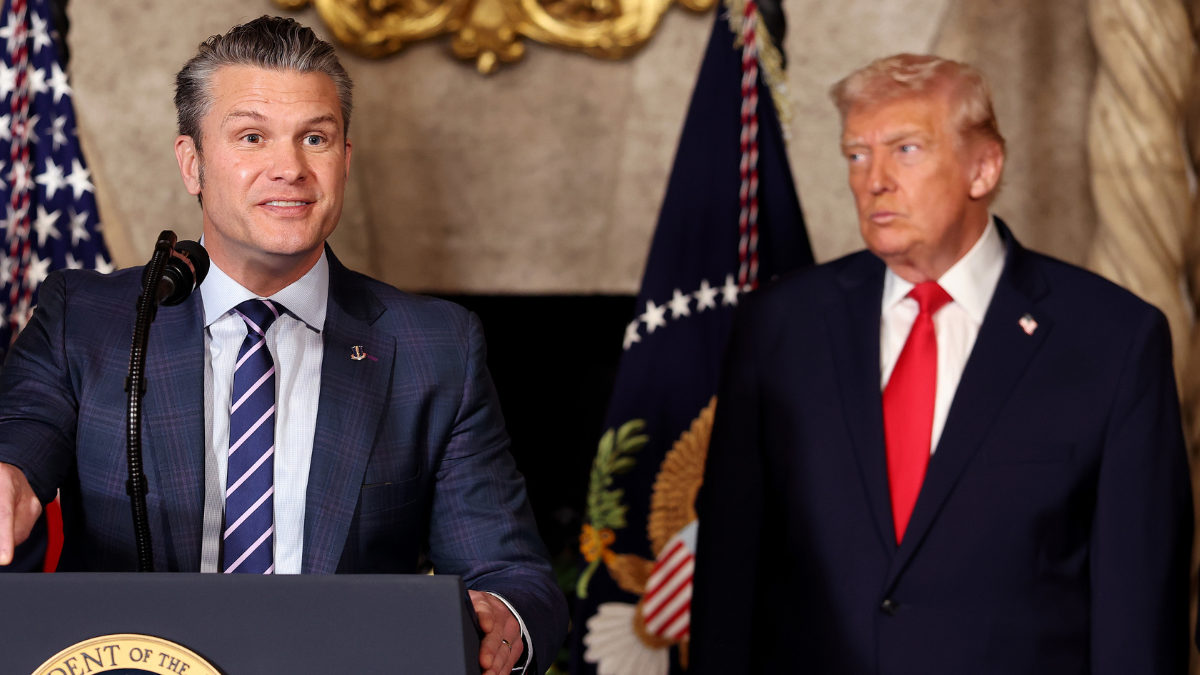
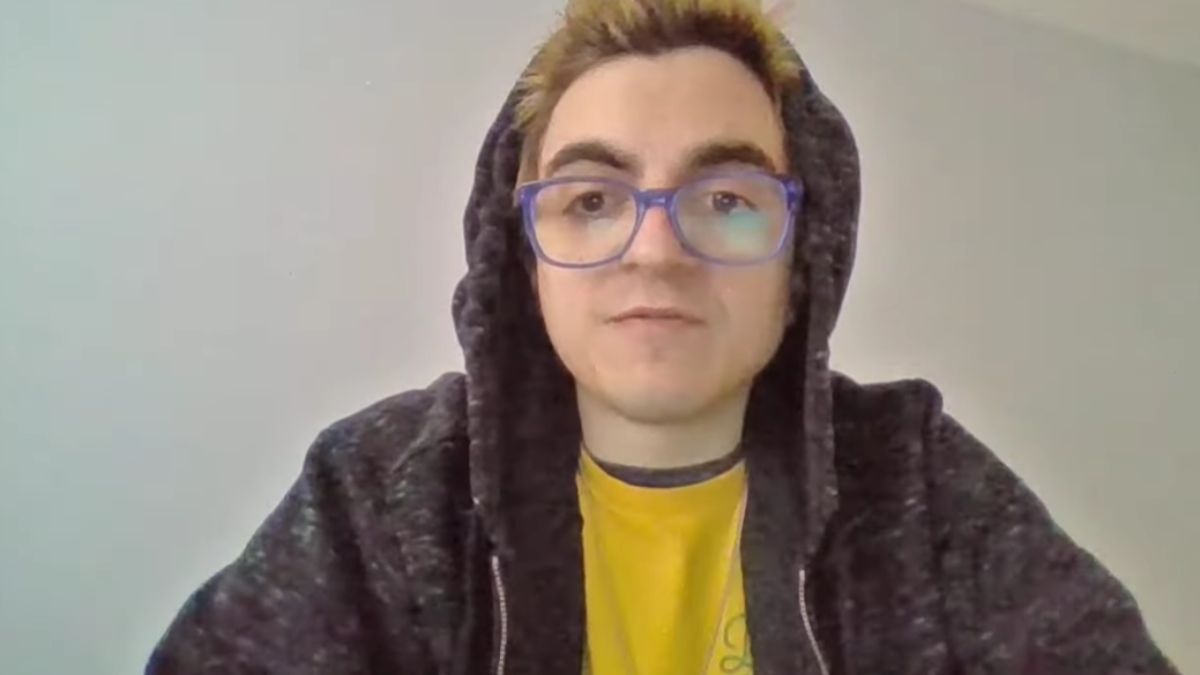


Published: Nov 20, 2020 02:59 pm